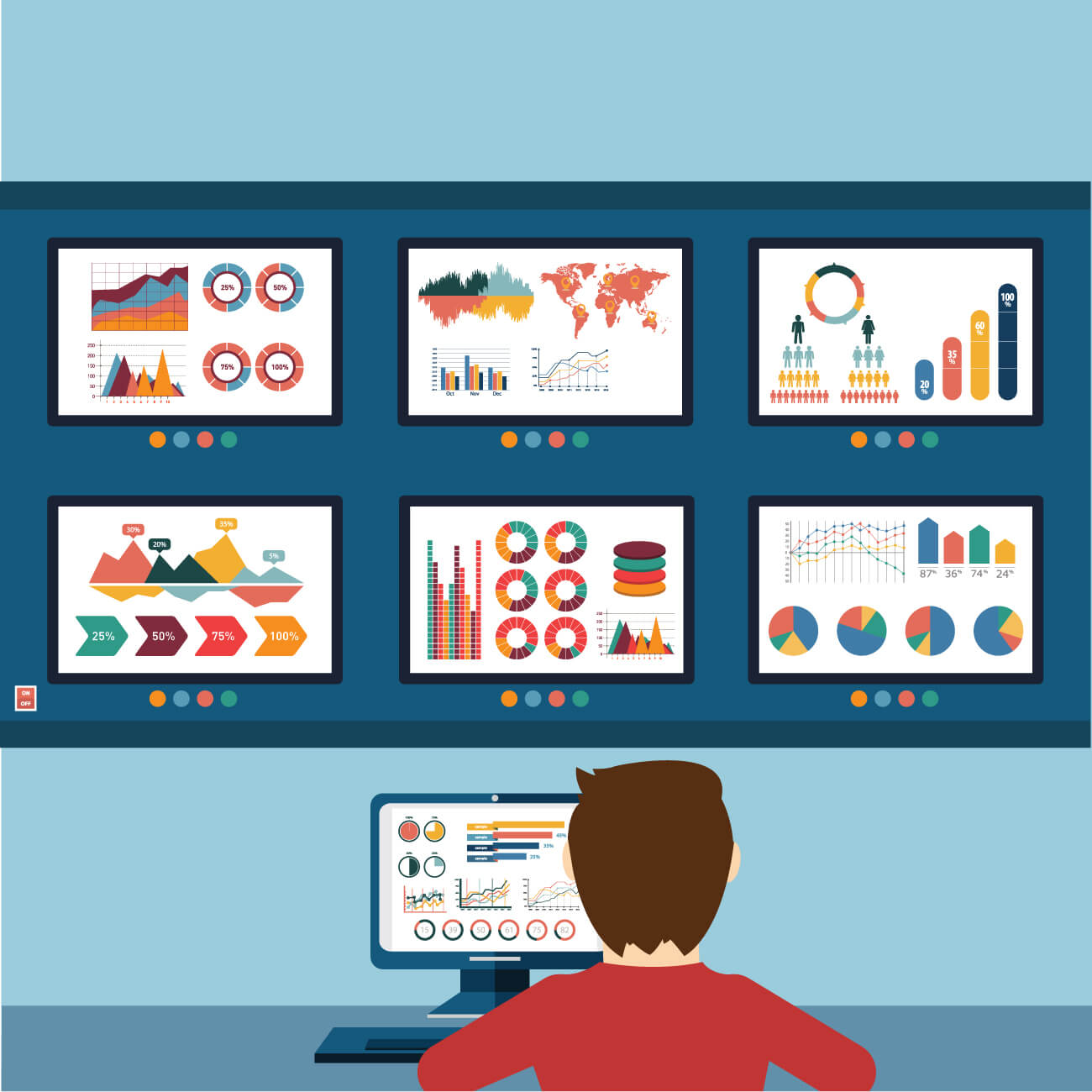The modern workplace has undergone a dramatic transformation, with remote work, distributed teams, and the rise of the gig economy becoming increasingly commonplace. This shift has created unique challenges for businesses, demanding new tools to manage productivity, ensure security, and foster a positive work environment. Enter Employee Monitoring Software (EMS), a powerful technology that is reshaping the way businesses operate and interact with their workforce.
Beyond Time Tracking: A New Era of Insights
While traditional time tracking systems focused solely on employee hours, modern EMS goes far beyond this basic functionality. It delves deeper into employee activity, providing valuable insights into their work patterns, productivity levels, and potential security risks. This data-driven approach empowers businesses to make informed decisions, optimize workflows, and create a more efficient and productive workplace. Many EMS solutions integrate with data loss prevention tools, offering an extra layer of security by identifying and preventing sensitive data leaks, further enhancing the protection of valuable company information.
Unveiling the Power of EMS
EMS solutions offer a wide range of features that provide a comprehensive view of employee activity:
- Productivity Tracking: By analyzing website visits, application usage, and keystrokes, EMS offers a clear picture of how employees are spending their time, identifying potential inefficiencies and areas for improvement.
- Security Enhancement: EMS plays a crucial role in safeguarding sensitive information by detecting suspicious activity, preventing data breaches, and ensuring compliance with data loss prevention (DLP) regulations.
- Remote Work Management: For businesses with distributed teams, EMS provides essential visibility into employee activity, ensuring accountability, productivity, and collaboration, even when employees are working remotely. Features like web worker tracker allow businesses to monitor employee activity on the internet, ensuring they are focused on work-related tasks and preventing distractions.
- Performance Optimization: By analyzing data on employee performance, EMS helps identify bottlenecks in workflows, optimize resource allocation, and create more efficient processes, leading to increased productivity and improved results.
- Compliance and Legal Protection: EMS helps businesses comply with industry regulations and data privacy laws, ensuring responsible data handling and mitigating legal risks.
Addressing Ethical Concerns: Transparency and Trust
While the benefits of EMS are undeniable, concerns about privacy and ethical implementation are valid. Businesses must prioritize transparency and build trust with their employees:
- Open Communication is Key: Clear communication about EMS policies and procedures is essential to ensure employee understanding and foster a culture of trust.
- Employee Consent is Paramount: Obtaining informed consent from employees before implementing monitoring is crucial to respect their privacy and ensure ethical data handling.
- Data Privacy and Security: EMS solutions should be designed and implemented with robust data security measures and compliance with relevant data protection laws like GDPR and CCPA.
- Focus on Productivity, Not Surveillance: EMS should be used to improve workflow and enhance productivity, not to micromanage or create a culture of mistrust.
Real-World Applications of EMS
EMS finds its place in a wide range of industries, addressing unique challenges and improving operational efficiency:
- Remote Work Optimization: EMS helps manage remote teams effectively, promoting productivity, collaboration, and communication, even when employees are working from different locations.
- Project Management Enhancement: EMS provides insights into project progress, identifies bottlenecks, and optimizes resource allocation, leading to smoother project completion and better outcomes.
- Customer Service Improvement: EMS can help analyze customer interactions, identify areas for improvement in customer service, and optimize support processes.
- Data Security and Compliance: EMS plays a vital role in preventing data breaches, ensuring compliance with industry regulations, and protecting sensitive information.
Choosing the Right EMS: A Strategic Approach
Selecting the right EMS for your business requires careful consideration:
- Scalability: Choose a solution that can adapt to your business’s growth and changing needs.
- Integrations: Ensure the EMS integrates seamlessly with your existing systems and tools for a streamlined workflow.
- User-Friendliness: Select an EMS that is easy to use for both employees and managers, minimizing training requirements and maximizing adoption.
- Cost-Effectiveness: Consider your budget and explore options that provide the best value for money, balancing features with cost-effectiveness.
Implementation and Best Practices
Successful EMS implementation requires careful planning and a commitment to best practices. Clear communication is paramount. Employees need to understand the purpose of EMS and how it will be used. Transparent policies and guidelines should be established, and employees should be educated on how EMS works and its purpose. This builds trust and ensures proper usage. Regular monitoring and adjustments are also crucial. Continuously evaluate the effectiveness of EMS and make necessary changes based on feedback and data analysis. This ensures that EMS remains relevant and effective in meeting the evolving needs of the business.
The Future of Employee Monitoring
As technology evolves, EMS is poised to become even more sophisticated, incorporating artificial intelligence (AI) and machine learning (ML) for deeper insights and automation. The focus will shift towards using data to enhance employee well-being, improve collaboration, and foster a more productive and engaging work environment.
Conclusion
Employee Monitoring Software is not about surveillance; it’s about harnessing data to create a more efficient, secure, and productive workplace. By embracing ethical implementation, prioritizing transparency, and focusing on employee well-being, businesses can leverage the power of EMS to navigate the complexities of the modern workplace and achieve success.
